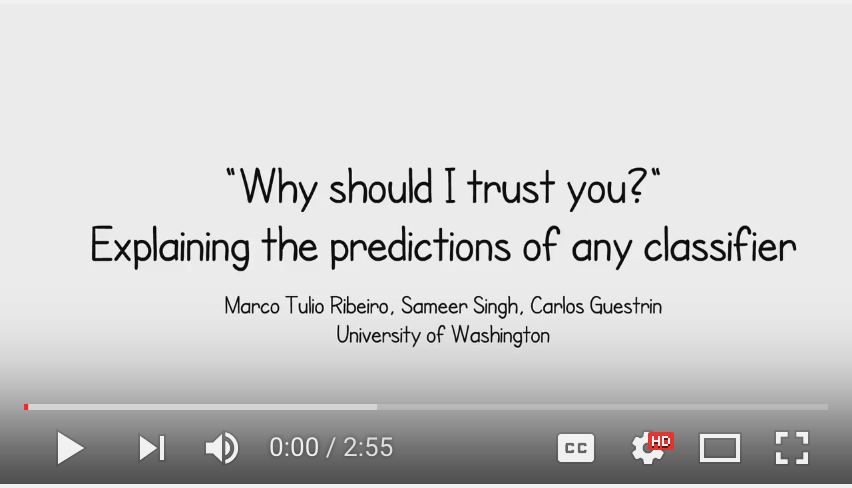JittorVis: Visual understanding of deep learning model
JittorVis is a deep neural network computational graph visualization library based on Jittor.
Deep neural networks have achieved breakthrough performance in many tasks such as image recognition, detection, segmentation, generation, etc. However, the development of high-quality deep models typically relies on a substantial amount of trial and error, as there is still no clear understanding of when and why a deep model works. Also, the complexity of the deep neural network architecture brings difficulties to debugging and modifying the model. JittorVis facilitates the visualization of the computational graph of the deep neural network at different levels, which brings users a deeper understanding of the computational graph from the whole to the part to debug and modify the model more effectively.
JittorVis provides the visualization and tooling needed for machine learning experimentation:
- Observe the hierarchical structure of the model computational graph
- Visualizing the computational model graph in the different level (ops and layers)
- Profiling JittorVis programs
Features to be supported in the future:
- Tracking and visualizing metrics such as loss and accuracy
- Viewing line chart of weights, biases, or other tensors as they change over time
- And much more
Related Links:
Installation
JittorVis need python version >= 3.7.
pip install jittorvis
or
pip3 install jittorvis
Usage
from jittorvis import server
server.run('test.pkl', host='0.0.0.0', port=5005)
# JittorVis start.
server.stop()
# JittorVis stop.
Then open the link 'http://localhost:5005/static/index.html' in your browser.
Visualization
JittorVis contains three main views, statistics view, navigation view, and graph structure view.
-
Statistics view:
The statistics view provides statistics information for the deep neuron network, such as loss and accuracy
-
Navigation view:
The graph structure view can visualize a hierarchical structure of a Jittor model, enabling exploration of the model. Each leaf node represents a computational node in the computational graph.
- Click one intermediate node to selected its computational nodes.
-
Graph structure view:
The graph structure view can visualize a Jittor graph, enabling inspection of the Jittor model. In the graph structure view, each rectangle represents a computational node, and each link represents data flows among computational nodes. The graph structure view has the following interactions:
- Drag the total panel to adapt its position and scale.
- Click on the network node to expand it, to explore its point cloud and feature map.
- Click on the top-right plus button of each network node to explore its children.
- Right-click on the network node to explore its detail information.
Citation
Towards Better Analysis of Deep Convolutional Neural Networks
@article {
liu2017convolutional,
author={Liu, Mengchen and Shi, Jiaxin and Li, Zhen and Li, Chongxuan and Zhu, Jun and Liu, Shixia},
journal={IEEE Transactions on Visualization and Computer Graphics},
title={Towards Better Analysis of Deep Convolutional Neural Networks},
year={2017},
volume={23},
number={1},
pages={91-100}
}
Analyzing the Training Processes of Deep Generative Models
@article {
liu2018generative,
author={Liu, Mengchen and Shi, Jiaxin and Cao, Kelei and Zhu, Jun and Liu, Shixia},
journal={IEEE Transactions on Visualization and Computer Graphics},
title={Analyzing the Training Processes of Deep Generative Models},
year={2018},
volume={24},
number={1},
pages={77-87}
}
Analyzing the Noise Robustness of Deep Neural Networks
@article {
cao2021robustness,
author={Cao, Kelei and Liu, Mengchen and Su, Hang and Wu, Jing and Zhu, Jun and Liu, Shixia},
journal={IEEE Transactions on Visualization and Computer Graphics},
title={Analyzing the Noise Robustness of Deep Neural Networks},
year={2021},
volume={27},
number={7},
pages={3289-3304}
}
The Team
JittorVis is currently maintained by the THUVIS Group. If you are also interested in JittorVis and want to improve it, Please join us!
License
JittorVis is Apache 2.0 licensed, as found in the LICENSE.txt file.









